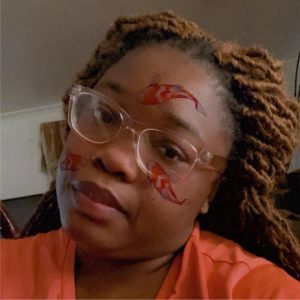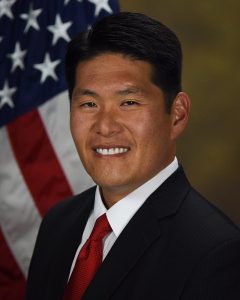When it comes to marijuana, South Dakota has been a leader among its Great Plains neighbors: one of the first to legalize recreational use, the first to approve both medical and recreational forms on the same ballot and the only one to have its recreational measure reversed.
Legalization is back on the ballot in November, but whether the politically red state will become the first to pass it twice remains in doubt.
Also read: Oklahoma to decide on legality of marijuana in March election
It’s facing strong opposition from conservative groups and figures determined to pull the state back from legalizing pot. And though 54% of voters approved a constitutional amendment to legalize cannabis in 2020, that campaign may have benefited from the medical marijuana measure that appeared on the same ballot.
This time, recreational marijuana stands alone on the ballot. And it likely faces a different demographic of voters — older and perhaps less inclined toward the drug — in a midterm election rather than in a presidential year, said Matt Schweick, who organized that campaign and is doing so again this year.
“I think this is a close race,” he said at a news conference to kick off a statewide voter registration tour last week. “We need our people to come out and vote.”
Pot legalization advocates have found success primarily through ballot measures rather than legislatures, especially in GOP-held states. Voters in three states where Republicans control the governor’s office and both legislative chambers — Arkansas, Missouri and North Dakota — are deciding on recreational marijuana this year, as is politically divided Maryland.
In South Dakota, Schweick’s campaign is using the messages that won over voters in 2020: Pot prohibition wastes law enforcement resources and makes it difficult to get for medical purposes. Schweick added a third argument this year: The will of the voters was overturned.
Before the 2020 constitutional amendment could take effect, Republican Gov. Kristi Noem authorized a lawsuit arguing it violated a requirement that it address just one subject because it legalized recreational marijuana, medical marijuana and hemp. A circuit judge and the state Supreme Court agreed.
“We have done so much work to get to this point,” Schweick said, recalling the 2020 campaign, ensuing legal battle and efforts to ensure the Legislature implemented a separate medical marijuana ballot measure. “To fail at the final hurdle is just an intolerable thought to me.”
But Noem’s successful block of recreational marijuana has inspired a more robust opposition campaign this year.
Jim Kinyon, a counselor who directs Catholic Social Services in Rapid City, said he was caught by surprise when voters decided to legalize pot in 2020.
Not this year. He’s leading an organization called Protecting South Dakota Kids with the message that legalizing pot for adults would be detrimental to children. The group has run aggressive ads that feature young children’s faces overlaid with the words: “Future Drug Addicts.”
“This is about my families, my communities and my kids,” Kinyon said.
At a campaign event for the group last week at a Sioux Falls go-kart and mini golf amusement park, roughly three dozen middle-aged people met to hear a presentation on the dangers of pot use and strategize about how to convince their friends and neighbors not to vote for legalization a second time.
Also read: Elias Theodorou: First athlete to be prescribed medical marijuana
“I feel like we’re a picket fence on a beach and a tsunami is coming,” said Ed Moses, a retired Missouri State Highway Patrol trooper who has adapted the anti-pot message he once gave to high school students to an anti-legalization message for voters.
He pointed to Colorado to argue legalization has opened a host of problems.
In the years since Colorado became the first in the nation to legalize recreational pot, it has seen an increase in traffic deaths where drivers tested positive for marijuana, according to The Rocky Mountain High Intensity Drug Trafficking Area program. More people in Colorado are using pot, according to the report, but youths age 12 to 17 have actually reported decreased rates of recent marijuana use.
Schweick said the opposition campaign is running on misinformation. He said he shares the goal of keeping cannabis away from children but added that opponents “want to use a failed policy of prohibition that has not succeeded, even though we’ve tried it for nearly a century.”
He conceded that legalizing pot for adults would not make the underground market for it instantly disappear but argued that over time, a well-regulated industry could replace it.
For now, South Dakota’s legal pot industry is just getting started with medical cannabis. Since the September opening of The Flower Shop Dispensary in Sioux Falls, owner Peter Dikun has seen a steady stream of customers, but not enough to make his business profitable yet.
He is hoping voters legalize recreational pot, giving him a chance to both grow his business and prove his argument that pot can be regulated like alcohol. He said he’s still trying to convince some family members of that argument before the November election but they will likely vote against it.
“You’re constantly swimming against the current,” Dikun said.






